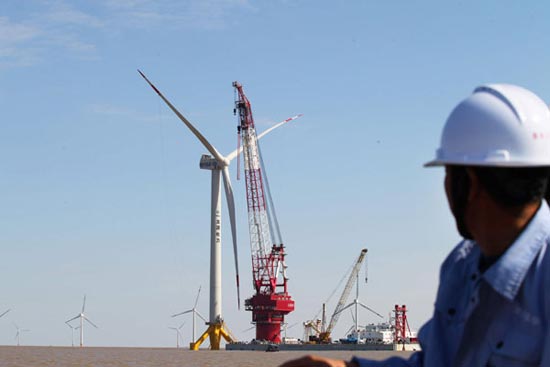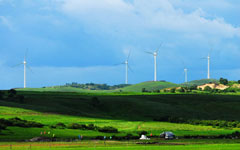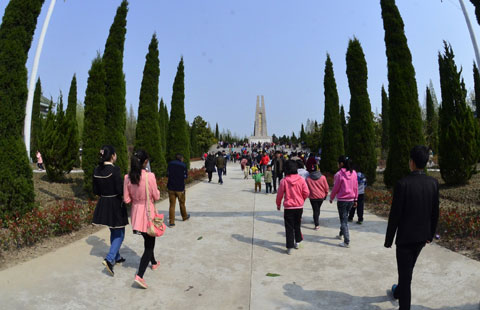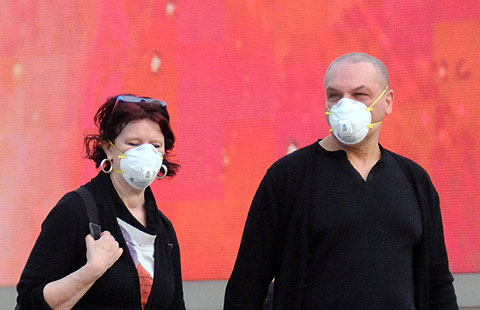Danish windmill giant eyes Chinese market
Updated: 2014-04-18 09:59
(Xinhua)
|
|||||||||||
|
 |
|
The world's largest offshore wind station under construction in Rudong, Jiangsu province. China aims to expand its installed capacity for wind power this year, with an emphasis on offshore facilities. [Photo by Xu Congjun / for China Daily] |
|
 |
|
 |
|
 |
The leading manufacturer, seller and installer of wind turbines, Vestas is hoping to make a comeback in the country, the news report quoted Marika Fredriksson, chief financial officer of Vestas, as saying.
During the tough years of the crisis, Vestas was forced to shut factories and lay off thousands of employees in Denmark and abroad. But now, the wind turbine giant is once pursuing growth in the Chinese market as "the winds of change are blowing in the Danish company's favor once more," she said.
According to the company's figures, Vestas installed 13.2 percent of all wind turbines worldwide in 2013 and produced 28 percent more power than its nearest competitor, marking the completion of a turnaround for the company, following crisis in 2011 and 2012.
The turnaround comes at the same time as the company shifts its focus east. "While still important, the European market is stagnating compared to other markets like Asia, North and Latin America, South Africa and elsewhere," Fredriksson told the newspaper.
Statistics show Vestas' share of the Chinese market has dropped from five to one percent over the past two years, as western players have seen a consolidation among Chinese wind turbine producers. The ten biggest players in the field own almost 80 percent of the market.
Related Stories
Chinese wind turbine maker may bid for Vestas 2012-07-10 10:23
Vestas to close plant in Inner Mongolia 2012-06-26 13:53
Vestas produces massive wind turbine blades 2011-09-22 10:51
Vestas CEO says China orders hit by grid constraints 2011-08-18 10:42
Today's Top News
Three dead in Ukraine, Putin warns of 'abyss'
Ferry's captain under probe
Nobel laureate Marquez dies at 87
Quality of arable land 'worrying'
Families praying for a miracle
US says Ukraine not on brink of civil war
China's next 5-year plan eyes deepening reforms
Li says economy can continue growth
Hot Topics
Lunar probe , China growth forecasts, Emission rules get tougher, China seen through 'colored lens', International board,
Editor's Picks

|

|

|

|

|

|





